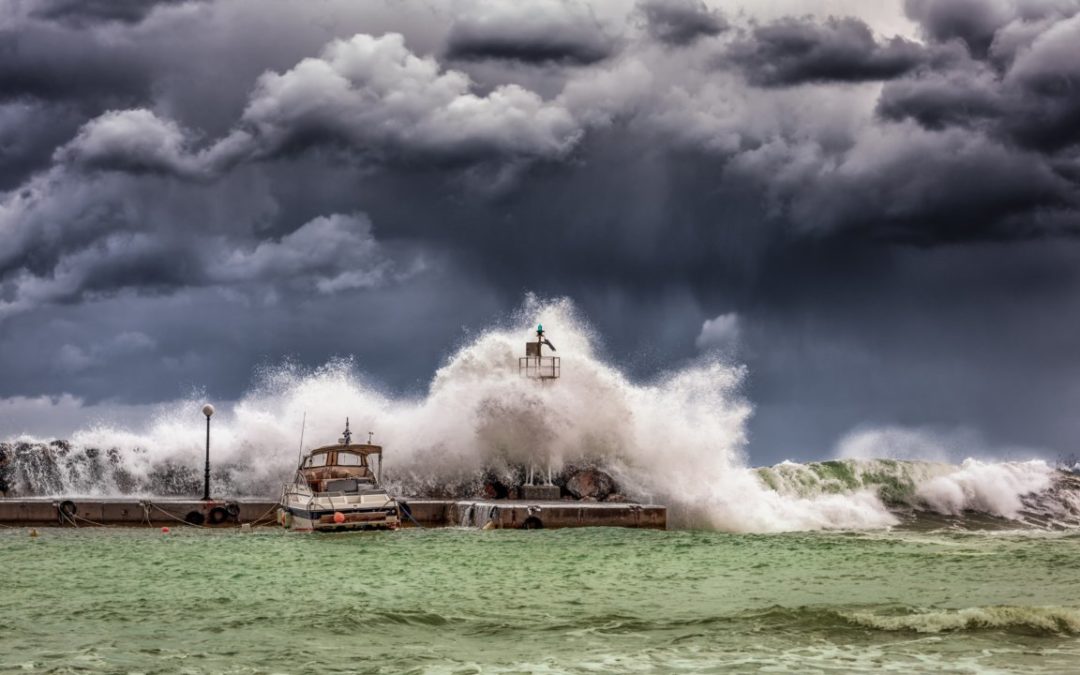Flood Monitoring through Satellite Images
| Provided by | Postdoctoral Researcher Hoang Tran in Department of Geology and Geological Engineering |
| Lead by | Hoang Tran |
Description
We plan to create an automatic framework to digest satellite images obtained from NASA open data source in order to provide useful information about floods. Main goal is to build a real-time flood monitoring app or website. Looking further into future, if we can validate the accuracy of our flood maps, we can create a flood historical dataset or use the available information to forecast floods.
Ideas
The raw satellite images have already been quality-controlled, cleaned by NASA, our job is mainly to classify pixels of the image into water and ground pixels. The most popular index for water classification is the Normalized Difference Water Index (NDWI) (Gao, 1996) is a satellite-derived index from the Near-Infrared (NIR) and Short Wave Infrared (SWIR) channels. However, we can also build our water classification models using machine learning or deep learning.
Next, we can compare the result water maps with a reference constant water body. Any pixel that lies outside of the constant water body is considered flood pixel.
The end results are classified flood maps from satellite images.
Input dataset
(This information is obtained from NASA website: https://ladsweb.modaps.eosdis.nasa.gov/missions-and-measurements/products/land-surface-reflectance/MOD09GA/)
The MODIS Surface Reflectance products provide an estimate of the surface spectral reflectance as it would be measured at ground level in the absence of atmospheric scattering or absorption. Low-level data are corrected for atmospheric gases and aerosols, yielding a level-2 basis for several higher-order gridded level-2 (L2G) and level-3 products.
MOD09GA provides Bands 1-7 in a daily gridded L2G product in the Sinusoidal projection, including 500-meter reflectance values and 1-kilometer observation and geolocation statistics. 500-m Science Data Sets provided for this product include reflectance for Bands 1-7, a quality assurance rating, observation coverage, observation number, and 250-m scan information. 1-kilometer Science Data Sets provided include number of observations, quality assurance state, sensor angles, solar angles, geolocation flags, and orbit pointers.
Collection-5 MODIS/Terra Surface Reflectance products are Validated Stage 2, meaning that accuracy has been assessed over a widely distributed set of locations and time periods via several ground-truth and validation efforts. This is a Level-2G-lite product. As opposed to the regular L2G product, that stores all the orbits and every observation for each orbit on a given day, with the L2G-lite format, efforts were made to improve the quality of the first layer data by sorting the observations in a manner similar to the selection process for a Level-3 product. Thus, the first layer contains not only the best orbit from all of the orbits; the observation in each orbit had already been screened as the best observation with the maximum coverage. Discarding unnecessary observations from each orbit reduces file size and also eliminates the need for several additional layers in the Level-2G pointer files, which reduces the overall volume of each day’s data, hence the ‘lite’ designation.


Recent Comments